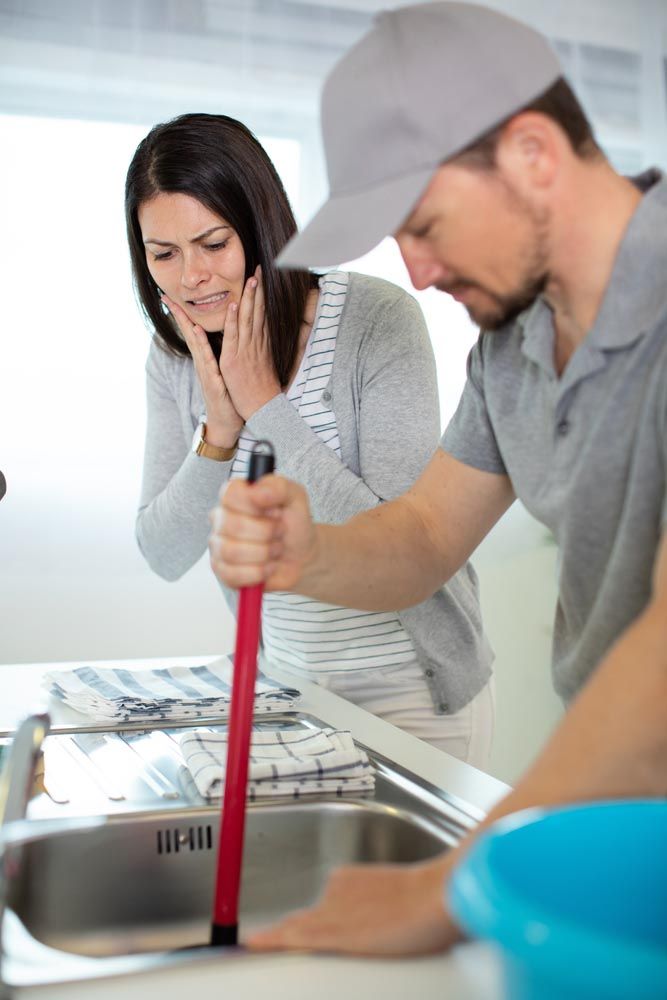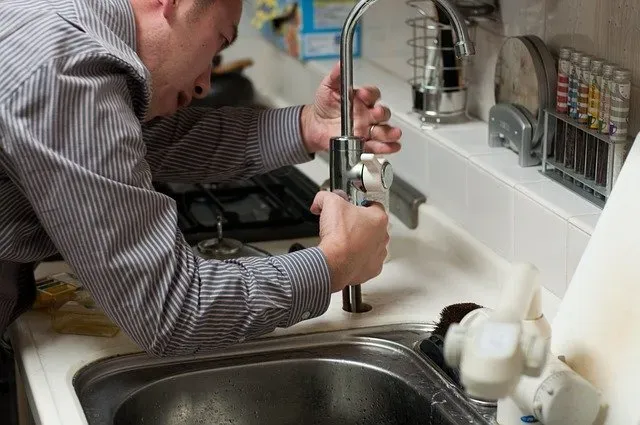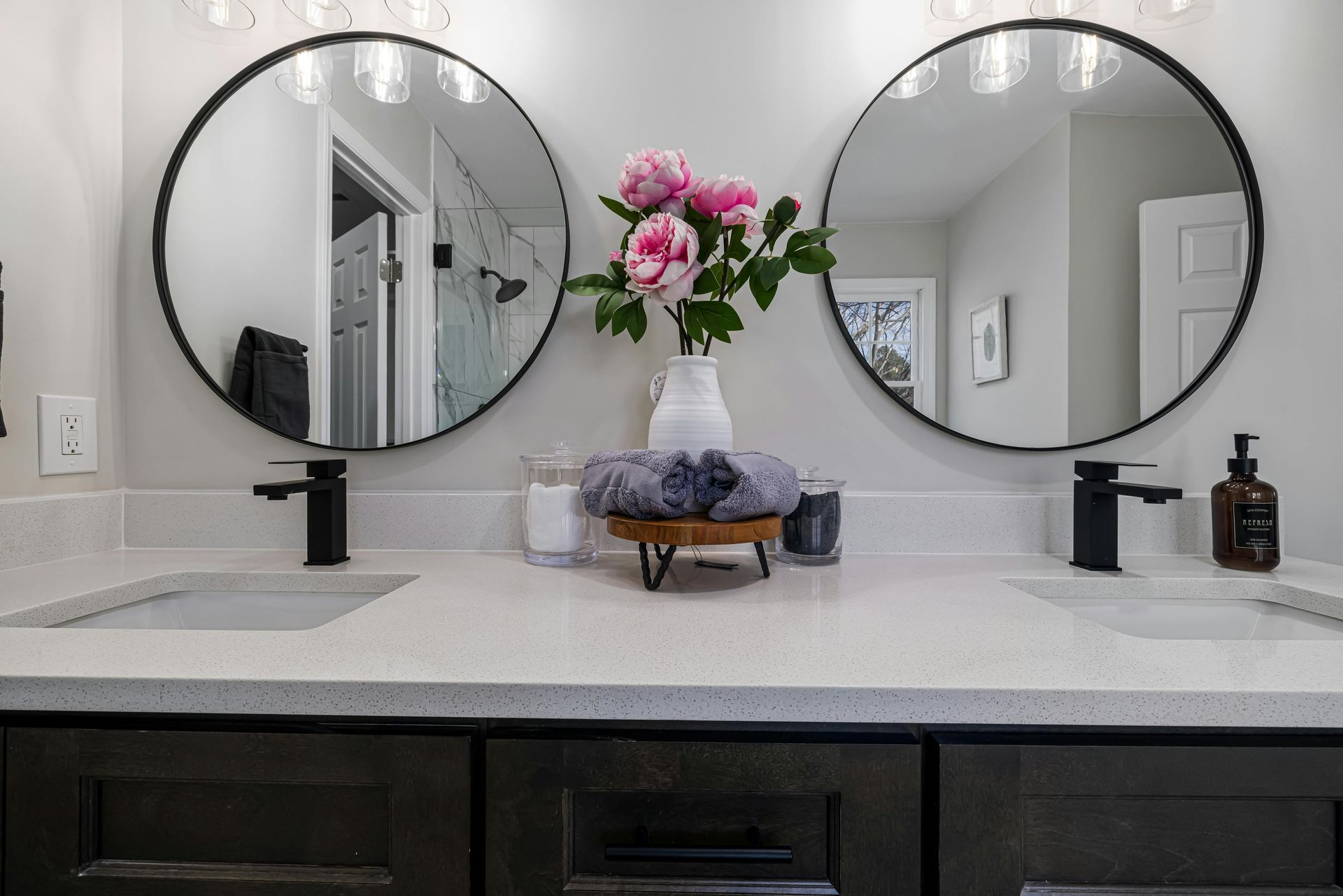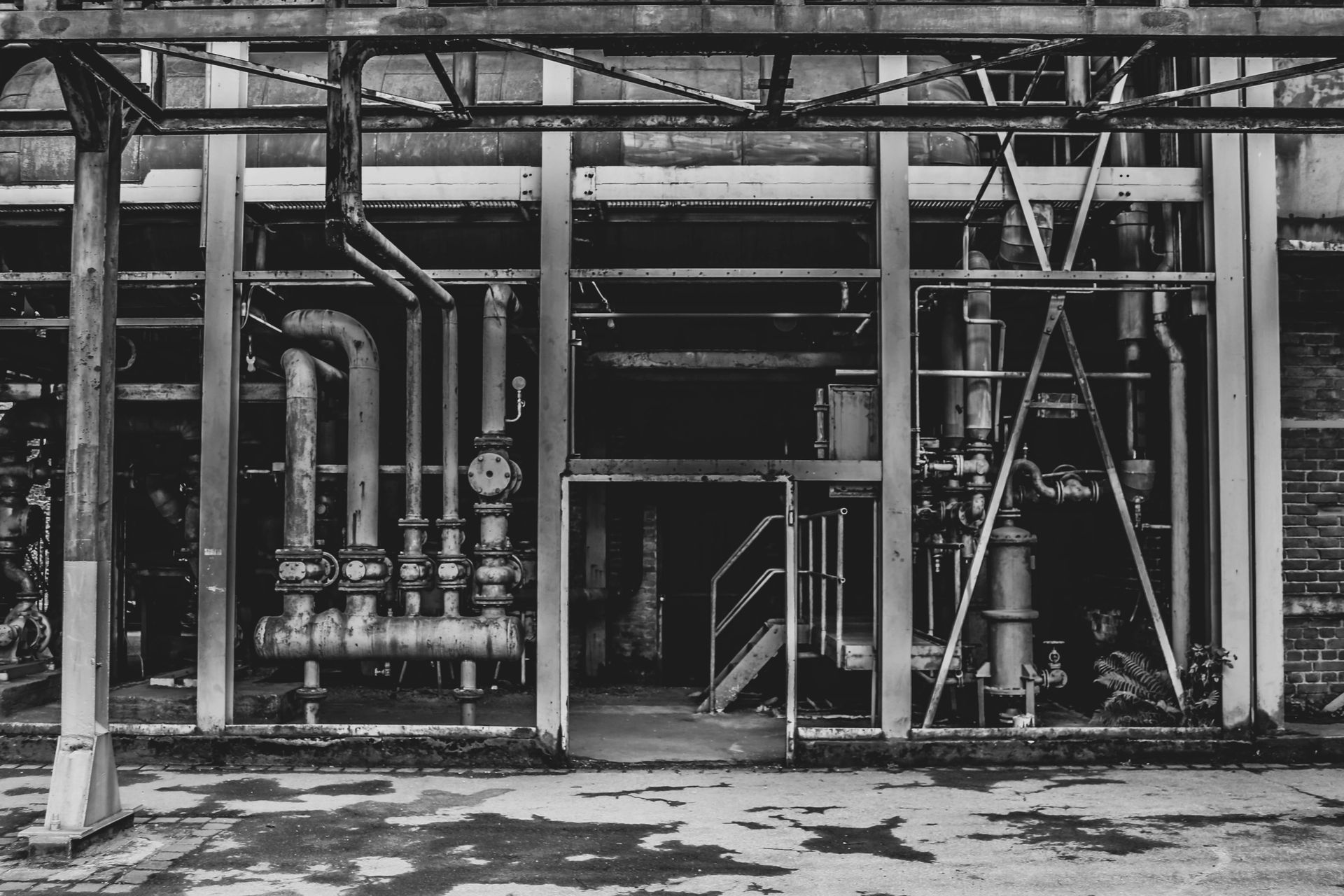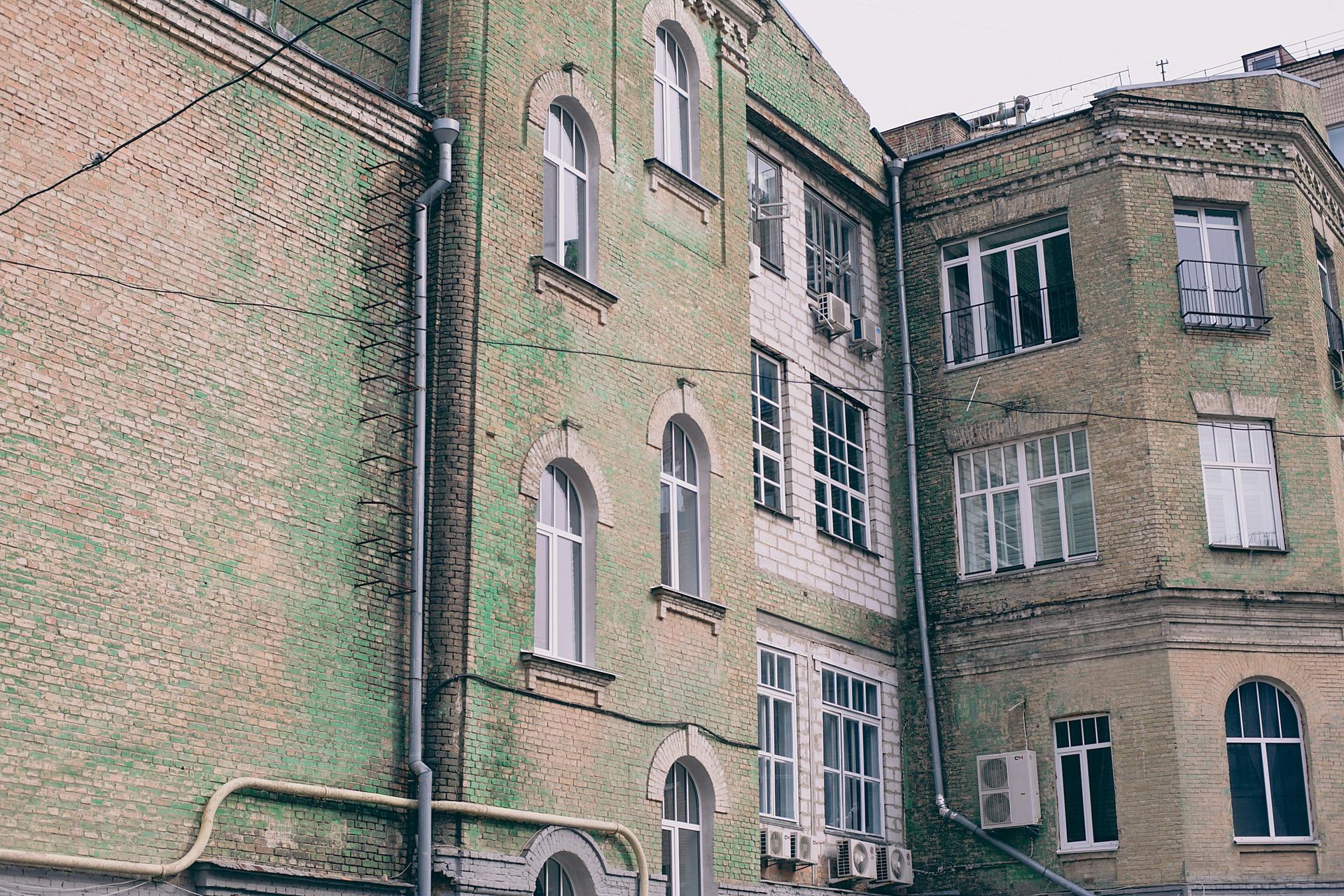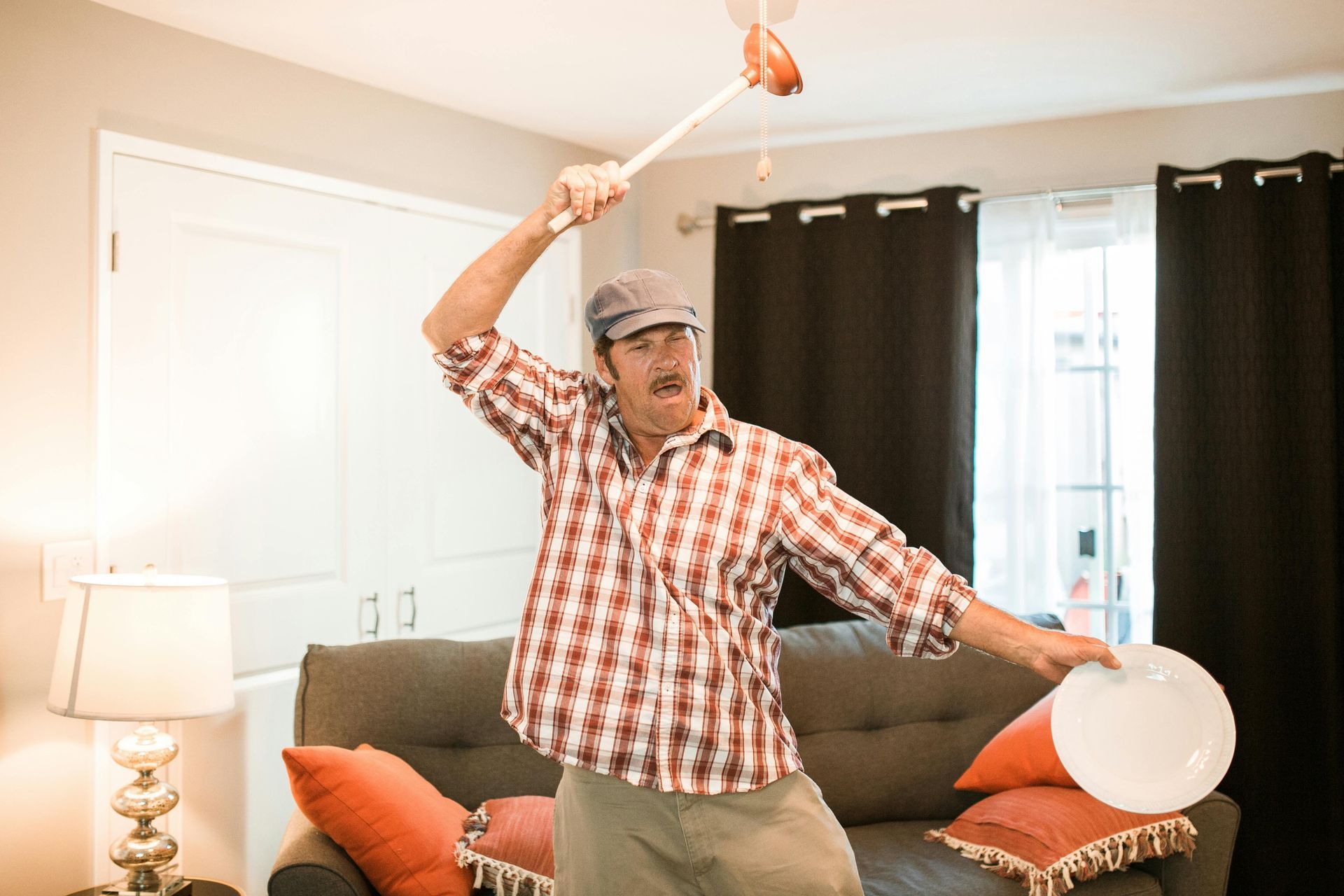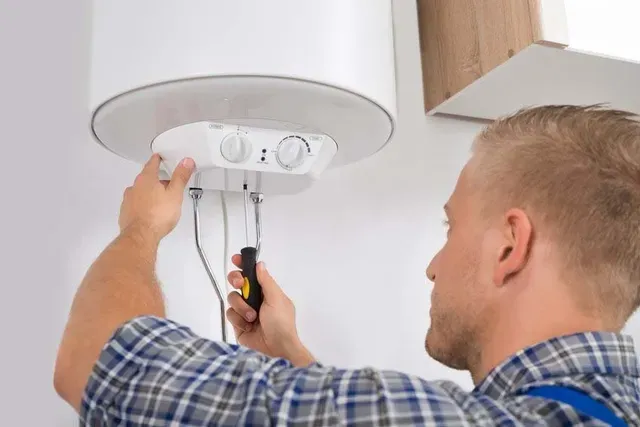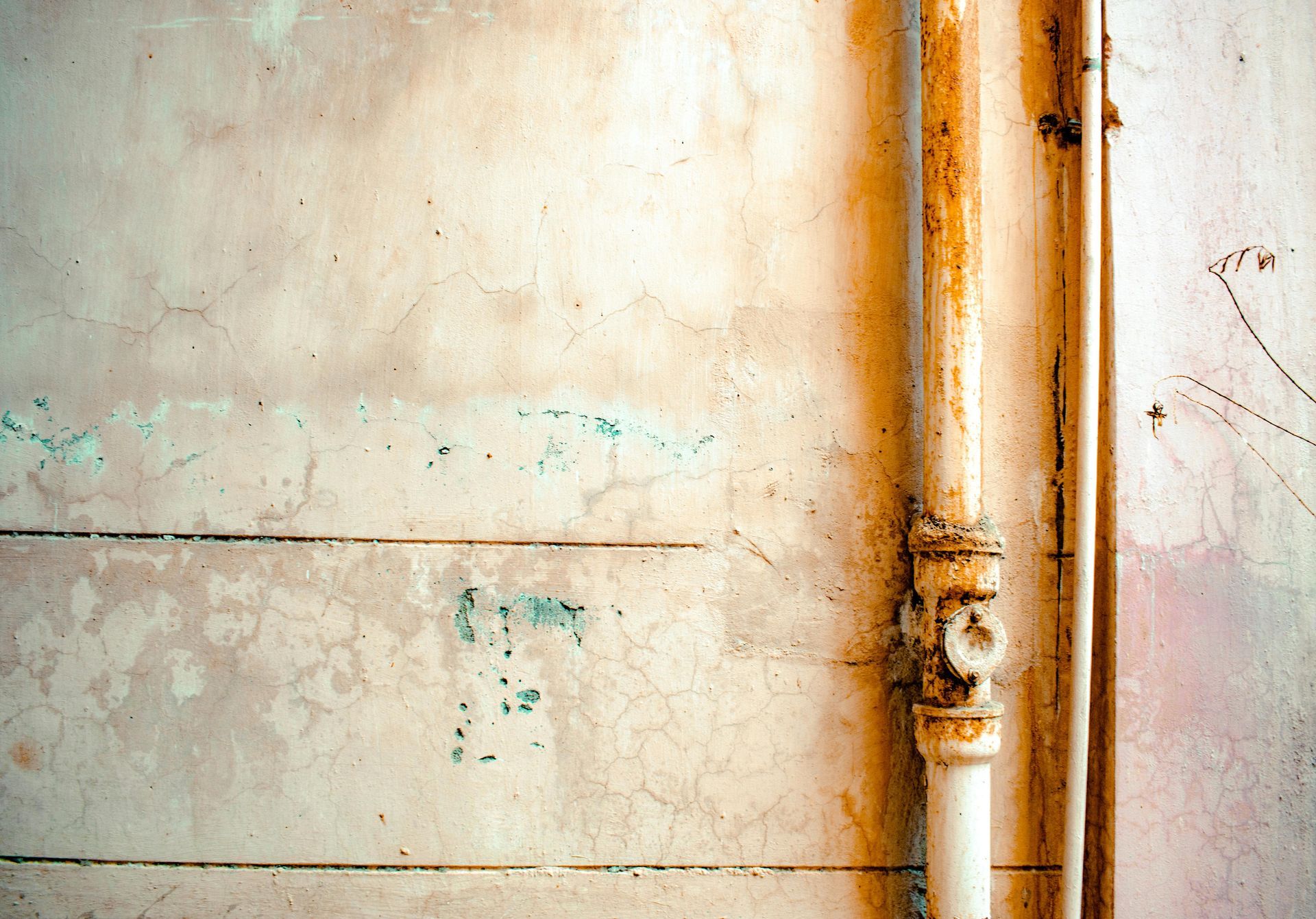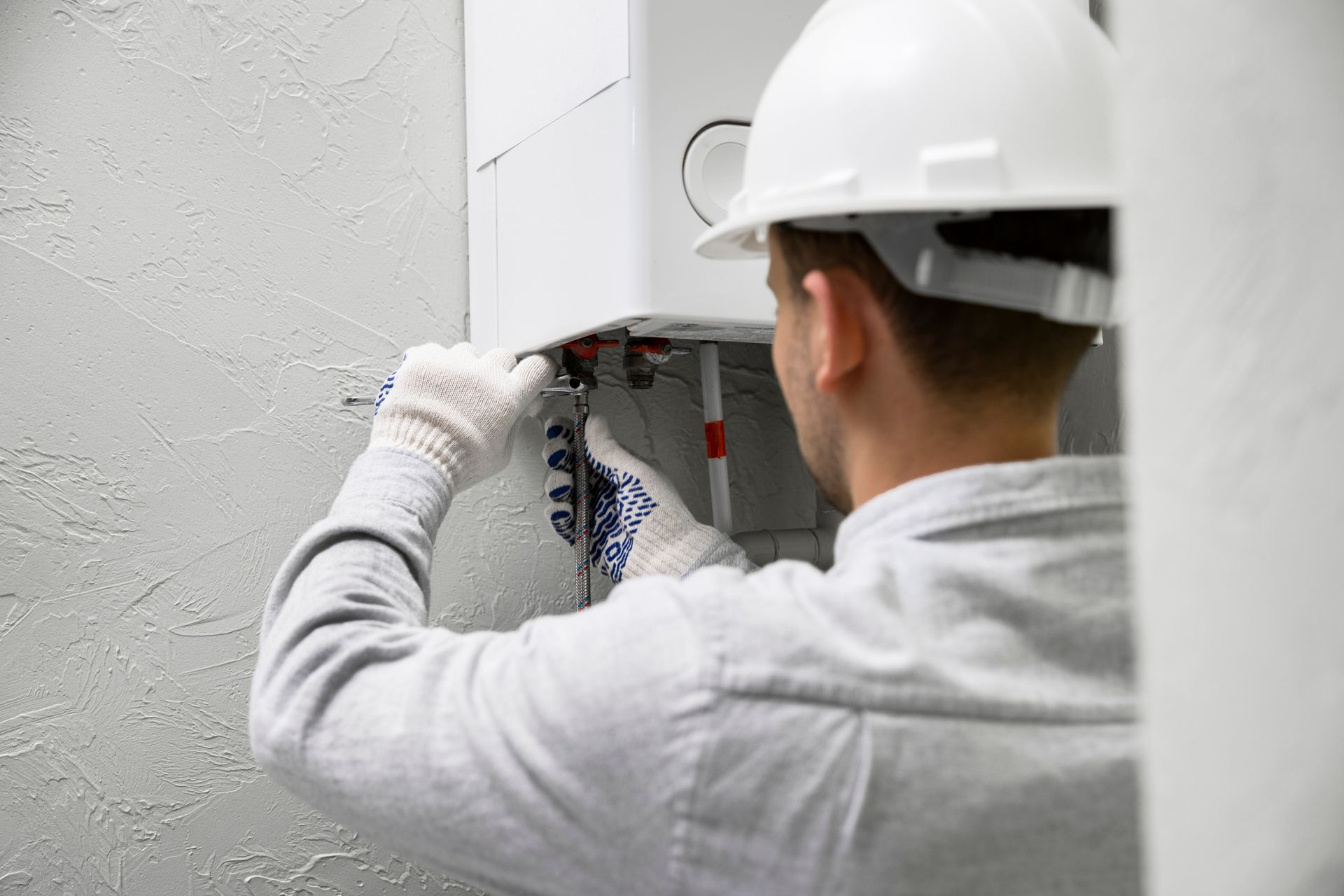How To Handle A Burst Pipe Emergency?
A burst pipe is one of the most urgent and potentially devastating emergencies a homeowner can face. Whether caused by freezing temperatures, corrosion, sudden pressure fluctuations, or aging plumbing, a burst pipe can release large volumes of water in a very short time, causing extensive damage to your home’s structure, belongings, and electrical systems. Knowing how to respond quickly and effectively to a burst pipe emergency is essential to minimize damage, reduce repair costs, and ensure the safety of your household. This article offers a comprehensive, professional guide on managing a burst pipe emergency, including immediate actions, safety considerations, and follow-up steps.
Immediate Action: Shut Off the Water Supply
The first and most critical step when you discover a burst pipe is to immediately shut off the main water supply to your home. This stops the flow of water into the plumbing system and prevents further flooding. The main shut-off valve is usually located near the water meter or where the water line enters your property. If you are unsure of its location, take the time now to find it and make sure all household members know where it is. Quick access to this valve during an emergency can save thousands of dollars in water damage and structural repairs.
Once the water supply is turned off, open all faucets in your home, starting with the lowest taps, to drain any remaining water from the pipes. Flushing toilets and opening outdoor spigots also helps relieve pressure and reduces the risk of additional leaks or bursts. Draining the system is a vital step that can prevent further damage and prepare the plumbing for repair work.
Electrical Safety: Turn Off the Power
Water and electricity pose a dangerous combination. If the burst pipe is near electrical outlets, appliances, or your circuit breaker panel, turn off the electricity in the affected areas-or the entire home if necessary-to prevent the risk of electrical shock or fire. If you are unsure whether water has come into contact with electrical wiring, it is safer to shut off the power completely and contact emergency services for assistance. Prioritizing safety during a burst pipe emergency protects you and your family from potentially life-threatening hazards.
Contain Water Damage and Protect Valuables
While waiting for professional help, take immediate steps to contain the water and minimize damage. Use towels, mops, buckets, or a wet/dry vacuum to remove standing water as quickly as possible. Move furniture, electronics, and valuable items away from the affected area to prevent further damage. If feasible, try to direct water toward drains or outside your home to reduce pooling and saturation of floors and walls. Avoid walking through flooded areas to prevent slipping and spreading water to unaffected rooms.
Call a Professional Plumber for Waterline Repair
A burst pipe is a serious issue that requires expert attention. Contact a reputable plumber who offers 24/7 emergency services to assess the damage and perform necessary waterline repair. Licensed plumbers have the skills, tools, and experience to locate the exact burst location, evaluate the extent of damage, replace or repair the pipe, and test the system for leaks. Attempting to fix a burst pipe yourself without proper knowledge and equipment can worsen the damage or cause injury. Professional intervention ensures the repair is done safely and effectively, preventing future plumbing emergencies.
Document the Damage for Insurance Claims
Before cleanup and repairs begin, document the damage thoroughly by taking clear photos and videos of the burst pipe, water damage to walls, floors, furniture, and personal belongings. Keep all receipts and invoices related to repairs and restoration. This documentation is crucial for filing insurance claims and securing compensation for repair costs and losses. Proper record-keeping can expedite the claims process and help you recover financially from the incident.
Prevent Mold Growth and Structural Damage
After the burst pipe is repaired and water is removed, focus on drying out the affected areas as quickly as possible. Mold can begin to develop within 24 to 48 hours in damp environments, leading to health risks and costly remediation. Use fans, dehumidifiers, and open windows to increase air circulation and accelerate drying. In cases of severe flooding, consider hiring professional water damage restoration services to thoroughly dry and sanitize your home, preventing long-term structural damage and mold infestations.
Long-Term Prevention: Maintain Your Plumbing System
To reduce the risk of future burst pipes, regular plumbing maintenance is essential. Inspect pipes periodically for signs of corrosion, leaks, or damage, and insulate exposed pipes to protect them from freezing temperatures. Installing water leak detectors that alert you to leaks early can also prevent major damage. Additionally, using water softeners or filtration systems can help prevent limescale buildup inside pipes, which weakens plumbing infrastructure and increases the likelihood of bursts. Regularly flushing your water system helps maintain pipe health and prolongs the lifespan of your plumbing.
Conclusion
Handling a burst pipe emergency requires calm, decisive action combined with professional expertise. The most important steps include immediately shutting off the main water supply, turning off electricity in affected areas to avoid hazards, containing water damage, and promptly calling a licensed plumber for expert waterline repair. Documenting damage for insurance purposes and thoroughly drying affected areas are also critical to a successful recovery. Finally, adopting proactive maintenance measures such as preventing limescale buildup and regular system inspections can significantly reduce the risk of future bursts. By preparing ahead and knowing how to respond, you can protect your home, minimize costly damage, and ensure the safety of your family during a burst pipe emergency. If you find yourself overwhelmed, do not hesitate to contact emergency services or trusted plumbing professionals who can provide immediate assistance and peace of mind.

